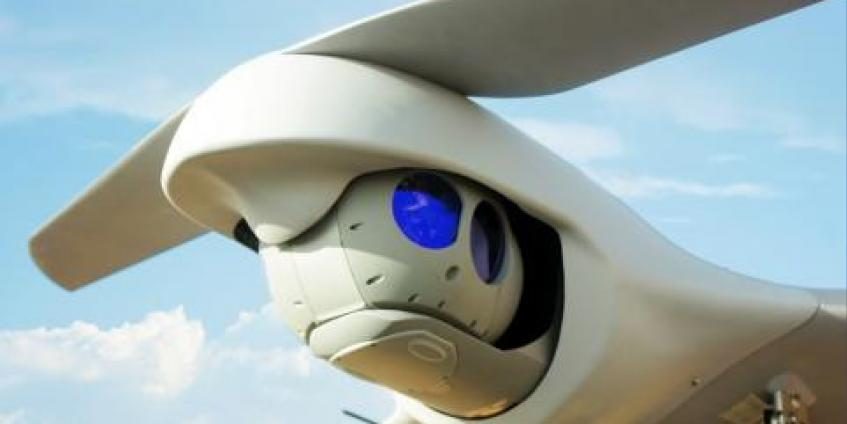DSIAC was supplied with a list of key performance parameters (KPPs), key system attributes (KSAs), and integration KSAs that needed to be met by a potential replacement EO/IR payload for a STUAS. DSIAC contacted subject matter experts (SMEs) within Georgia Tech Research Institute (GTRI) and West Virginia University Innovation Corporation (WVUIC) that had ongoing UAS and military sensing development efforts, as well as our Community of Practice (CoP) SMEs working within the UAS sensor system payload area. While none of the SMEs were aware of an integrated system that fully met all of the KPPs and KSAs, DSIAC was able to identify several original equipment manufacturers (OEMs) with systems that partially met the requirements. In addition, DSIAC created a data call web page and sent out an email announcement to canvas pertinent Autonomous Systems and Military Sensing CoPs (approximately 20,000 DoD, Other Government Agency, industry and academia members) to collect information on current production and near-term developmental sensor payloads that had good potential to the requirements.
Small Tactical Unmanned Aircraft System (STUAS) Electro-Optical (EO)/Infrared (IR) Sensor Payload for the Orbiter 3

https://www.dsiac.org/sites/default/files/figure-1-sensor-payload-area.jpg
Posted on April 11, 2018 | Completed on January 12, 2017 | By: Scott E. Armistead
Who can provide/produce electro-optical/infrared (EO/IR) payloads for small tactical unmanned aerial systems (STUAS)?
**Accessing the report**:
1. Click the CAC Holder button above to be redirected to DTIC.mil.
2. Log in using your CAC credentials to be redirected to the DTIC search results page.
3. If your desired report is displayed, click the link and view the report.
Want to find out more about this topic?
Request a FREE Technical Inquiry!

